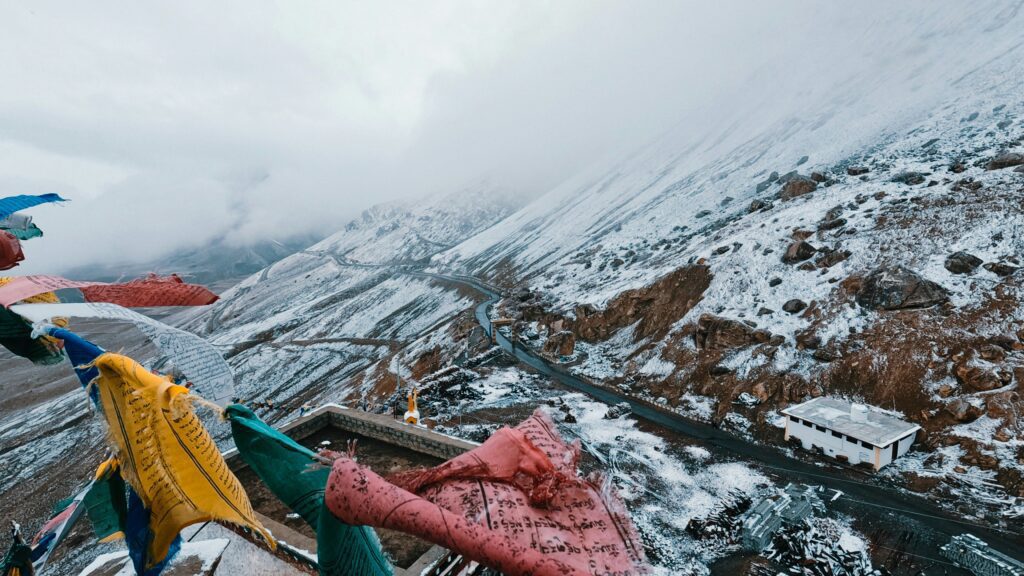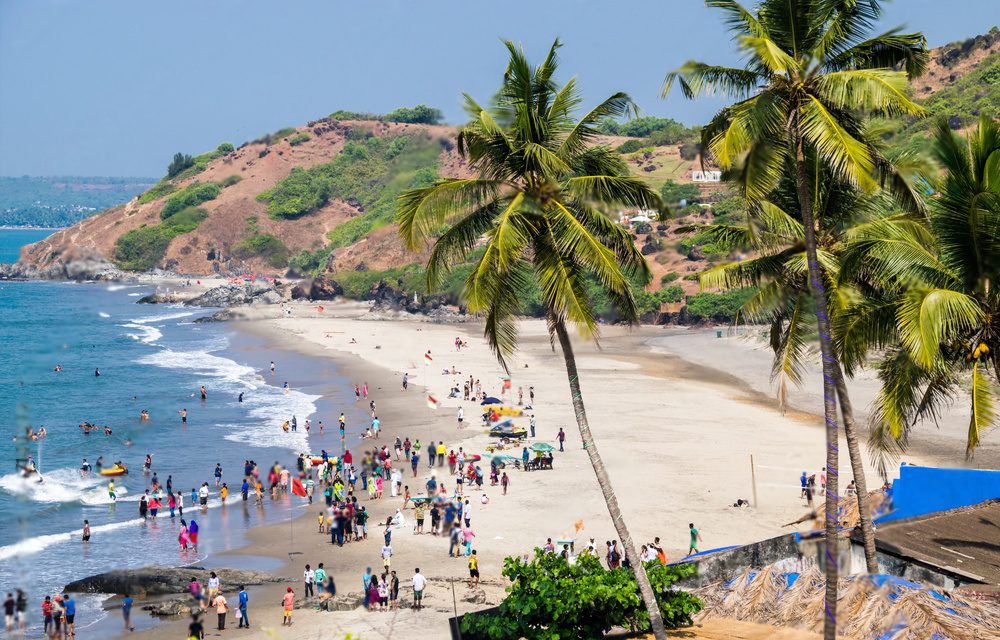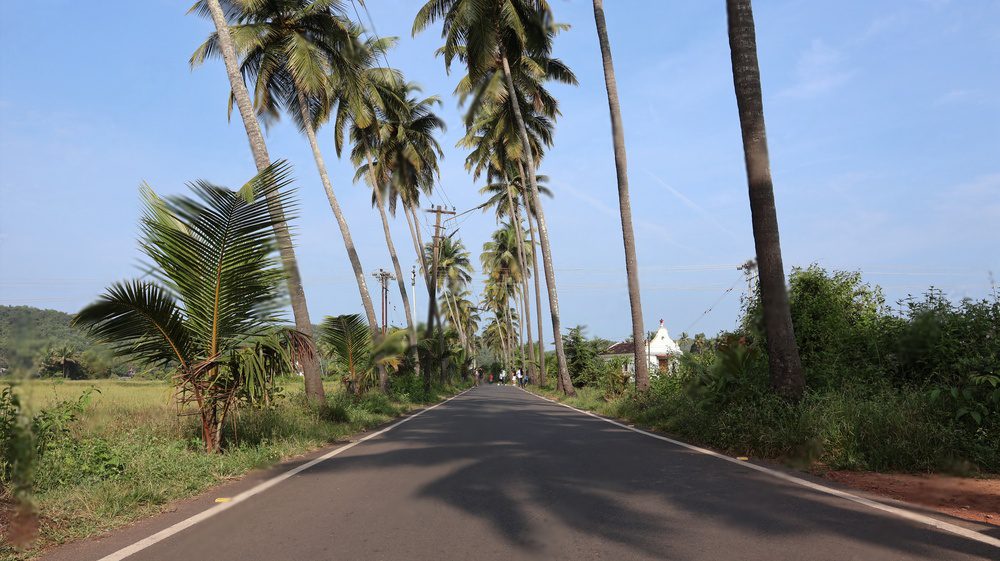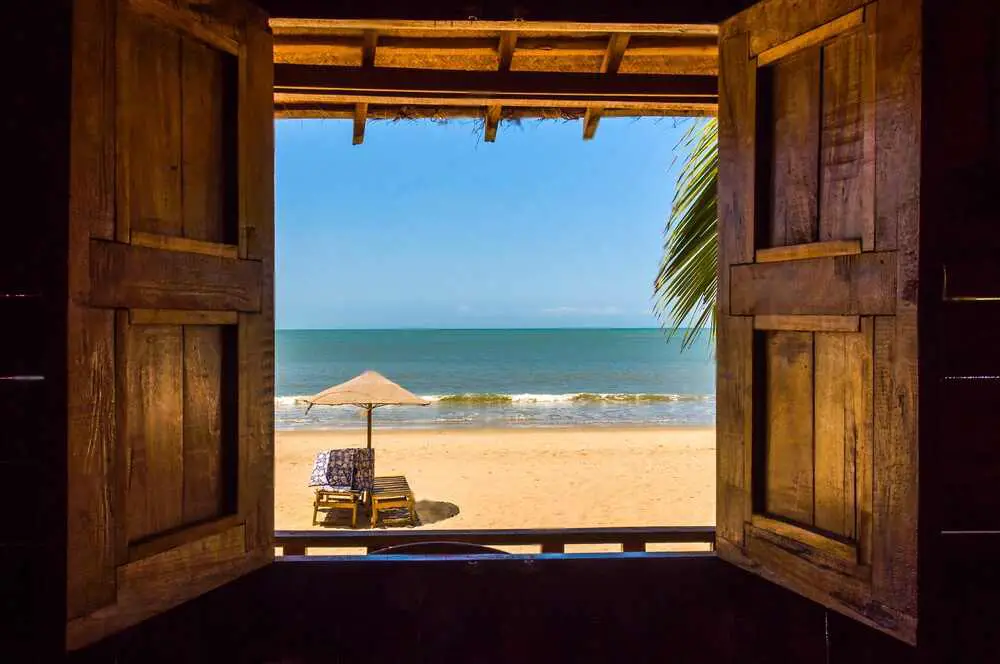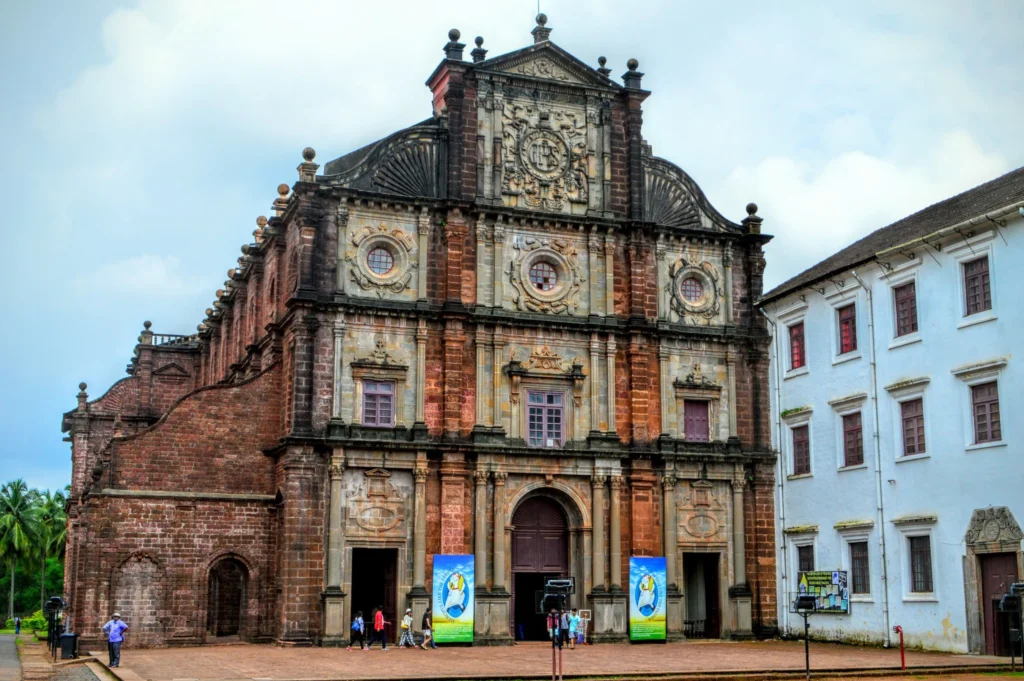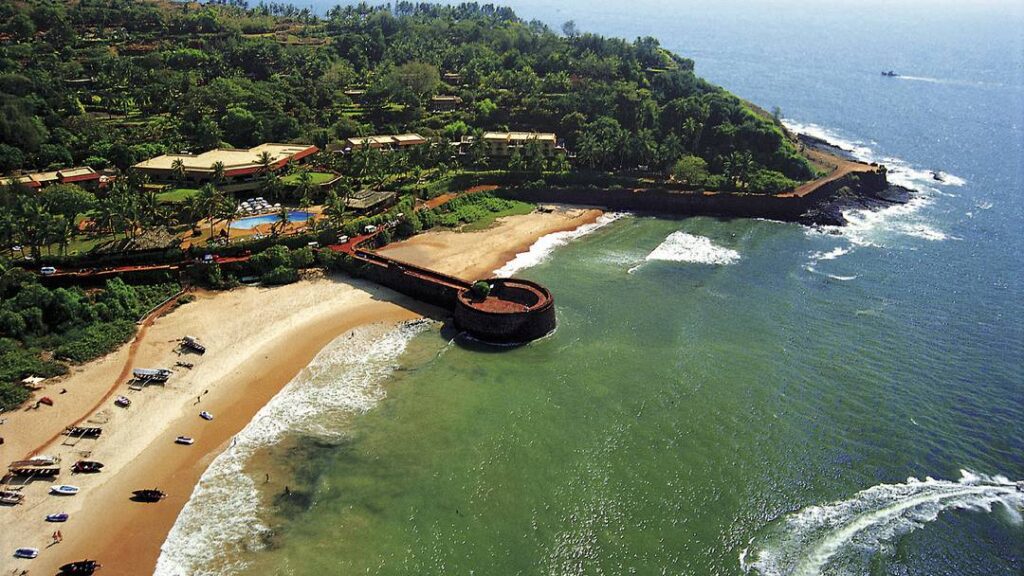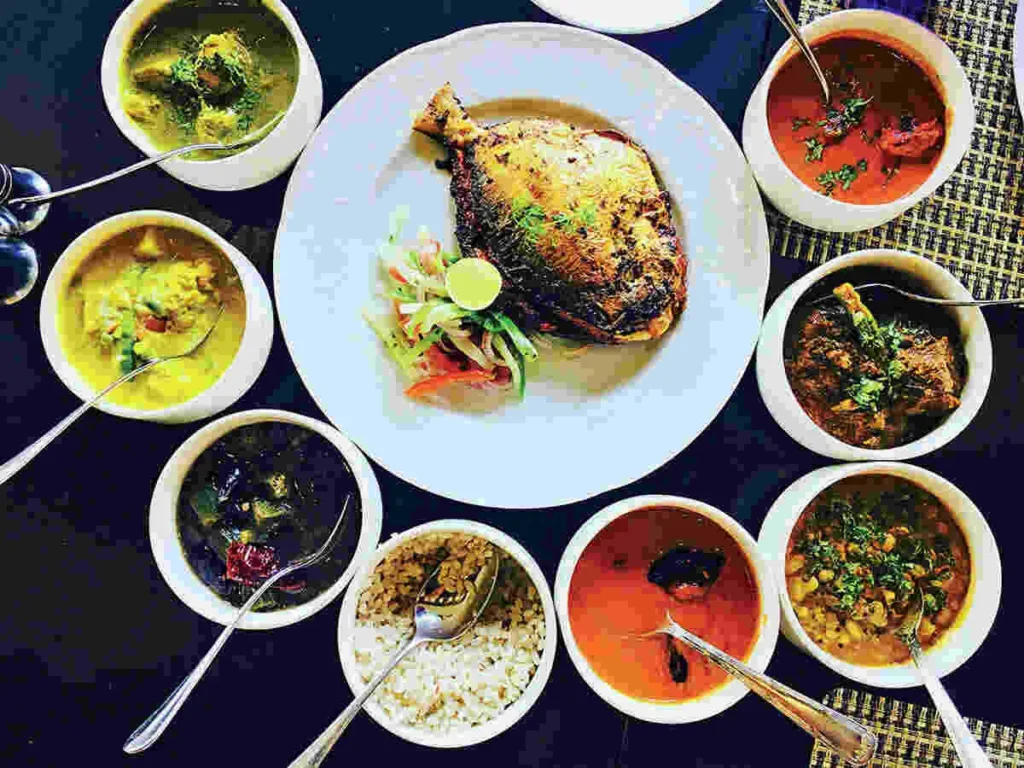Explore Scenic Routes, Cultural Highlights, and Unique Experiences in Spiti Valley
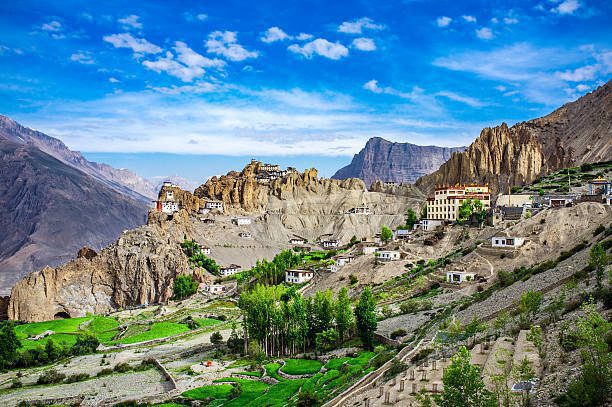

Step into the enchanting world of Spiti Valley, nestled in the heart of Himachal Pradesh, where every mountain peak tells a tale, and the air is filled with the spirit of adventure. Surrounded by the majestic Himalayas, Spiti Valley beckons with its rugged landscapes, ancient monasteries, and a cultural tapestry that weaves stories of centuries gone by.
Join us on a journey as we explore the captivating landscapes, cultural richness, and unique experiences this Himalayan haven has to offer.
How to Reach to Spiti Valley:
Reaching Spiti Valley can be an adventure in itself. Located in the remote regions of Himachal Pradesh, India, there are primarily two routes to get there:
Via Manali
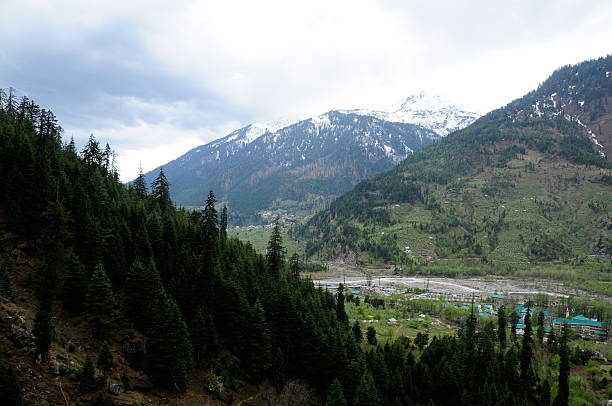

By Road: The route from Manali to Spiti Valley passes through some of the most dramatic and challenging terrains in the Himalayas. This journey takes you over the Rohtang Pass (3978 meters) and Kunzum Pass (4590 meters), making it a thrilling adventure for any traveler. The distance from Manali to Kaza, the administrative center of Spiti, is approximately 200 kilometers, which can take around 8-10 hours depending on road conditions. During this drive, you will witness some of the most stunning landscapes, from lush green valleys to stark mountain deserts.
By Bus: The Himachal Pradesh Tourism Development Corporation (HPTDC) runs buses from Manali to Kaza during the summer months when the roads are open. These buses provide a budget-friendly and convenient option for travelers. The fare ranges from INR 300 to 500 (approximately $4 to $6). It is advisable to book your tickets in advance, especially during the peak tourist season, to ensure a seat on these limited services.
By Taxi or Private Vehicle: If you prefer more comfort and flexibility, hiring a taxi or driving your own vehicle is an option. Taxis can be hired from Manali for around INR 8000 to 12000 (approximately $100 to $150) for a one-way trip. This option allows you to stop at various scenic spots along the way and enjoy the journey at your own pace.
Via Shimla
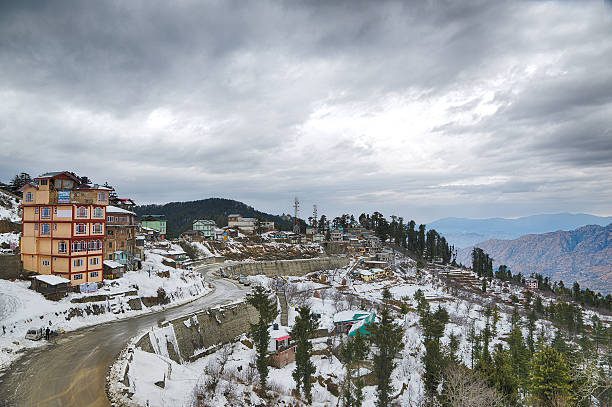

By Road: This route is accessible year-round and is considered safer, especially during the early and late winter months when the Manali route may be closed due to snow. The journey from Shimla to Spiti Valley via Kinnaur covers about 450 kilometers and takes approximately 10-12 hours. This route offers a gradual ascent, allowing travelers to acclimatize better to the high altitudes. The journey is scenic, with changing landscapes from the lush greenery of Kinnaur to the stark, barren beauty of Spiti.
By Bus: The Himachal Road Transport Corporation (HRTC) operates buses from Shimla to Kaza, providing a reliable and economical way to reach Spiti. The bus fares range from INR 500 to 700 (approximately $6 to $9). These buses are well-maintained and offer a comfortable journey through the picturesque valleys and mountain passes.
By Taxi or Private Vehicle: Similar to the Manali route, you can hire a taxi or drive your own vehicle from Shimla to Spiti Valley. The cost of hiring a taxi for this route ranges from INR 10000 to 15000 (approximately $125 to $190). This option provides more flexibility and comfort, allowing you to explore the attractions along the way at your leisure.
Reaching Spiti Valley is an adventure in itself, requiring careful planning and a bit of tenacity. There are primarily two routes to access this remote region, each offering its unique set of challenges and scenic beauty.
Best Time To Travel
Choosing the right time to visit Spiti Valley is crucial for a safe and enjoyable trip. The valley experiences extreme weather conditions, with temperatures dropping significantly in winter and roads becoming impassable due to heavy snowfall.
Summer (May to June)
The summer months are the best time to visit Spiti Valley. The weather is pleasant, with daytime temperatures ranging from 15°C to 20°C (59°F to 68°F), making it ideal for sightseeing and outdoor activities. The roads are clear of snow, and all the major attractions are accessible. This is also the peak tourist season, so it’s advisable to book accommodations and transport in advance.
Monsoon (July to September)
The monsoon season brings lush greenery to the valley, transforming the arid landscape into a picturesque haven. However, heavy rains can cause landslides, making travel risky. If you plan to visit during this time, it’s essential to stay updated on weather conditions and road status. The monsoon season is less crowded, offering a more serene experience for those willing to take the risk.
Autumn (September to October)
Autumn is another excellent time to visit Spiti Valley. The weather is clear, with crisp blue skies and fewer tourists. This season offers the best opportunities for photography, with stunning views of the snow-capped peaks and colorful autumn foliage. The daytime temperatures are mild, but the nights can be chilly, so pack accordingly.
Winter (November to April)
Winter in Spiti Valley is harsh, with temperatures dropping below freezing and heavy snowfall cutting off road access. While the valley is incredibly beautiful during this time, with snow-covered landscapes and frozen rivers, it is not advisable for regular tourists due to the extreme cold and lack of amenities. However, for the adventurous and well-prepared, winter can offer a unique and unforgettable experience.
Famous Attractions:
Spiti Valley is home to numerous attractions, each offering a glimpse into the region’s rich cultural and natural heritage. Here are the seven wonders you must explore:
Key Monastery
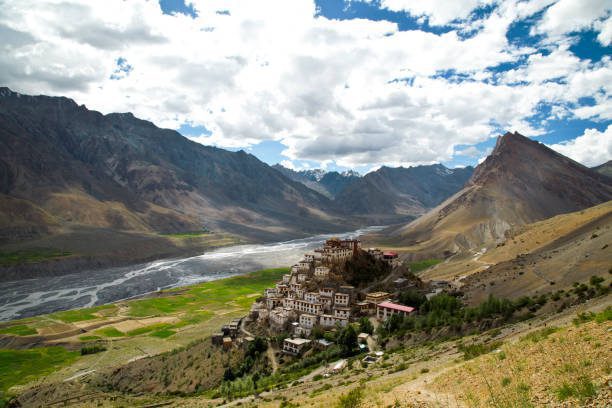

Key Monastery, also known as Kye Gompa, is the largest and most iconic monastery in Spiti Valley. Perched atop a hill at an altitude of 4,166 meters (13,668 feet), it offers stunning panoramic views of the valley. The monastery is over a thousand years old and serves as a training center for Lamas. Its ancient murals, rare thangkas (Buddhist paintings), and unique wind instruments are a testament to Spiti’s rich cultural heritage. Visitors can also stay at the monastery’s guesthouse and participate in the daily rituals and prayers.
Chandratal Lake
Chandratal, meaning ‘Moon Lake’, is a crescent-shaped lake situated at an altitude of 4,300 meters (14,100 feet). It is one of the most beautiful and pristine lakes in the Himalayas, known for its crystal-clear waters that reflect the surrounding snow-capped peaks. The lake is accessible via a 14-kilometer trek from the nearest roadhead, making it a favorite destination for trekkers and adventure enthusiasts. Camping near Chandratal under the star-studded sky is an experience that should not be missed.
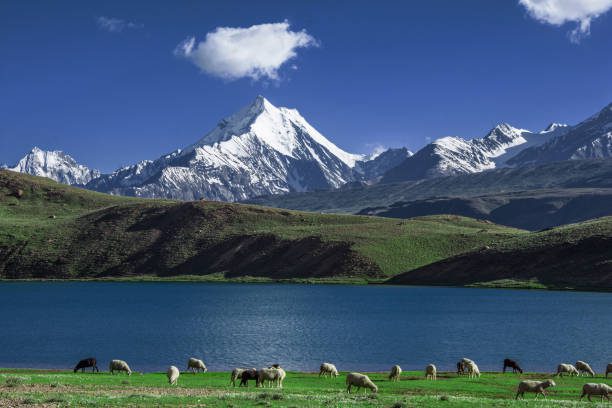

Pin Valley National Park
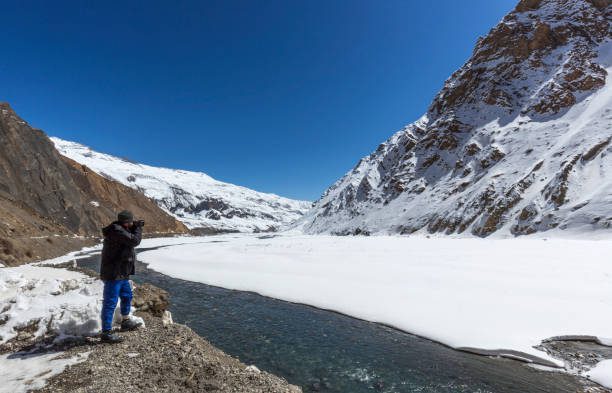

Pin Valley National Park is a haven for wildlife enthusiasts and nature lovers. Spanning an area of 675 square kilometers, the park is home to a diverse range of flora and fauna, including the elusive snow leopard, Siberian ibex, Himalayan wolf, and red fox. The park’s unique landscape, characterized by rugged mountains, deep gorges, and alpine meadows, provides ample opportunities for trekking and wildlife spotting. The best time to visit the park is during the summer months when the weather is conducive to exploring its vast terrain.
Dhankar Monastery
Dhankar Monastery is an ancient monastery perched precariously on a cliff overlooking the confluence of the Spiti and Pin Rivers. Built around a thousand years ago, this monastery was once the capital of the Spiti Valley Kingdom. The monastery’s location offers breathtaking views of the surrounding valley and rivers. Inside, you will find ancient murals, scriptures, and statues that provide a glimpse into the region’s Buddhist heritage. A short trek from the monastery takes you to the serene Dhankar Lake, a perfect spot for reflection and tranquility.
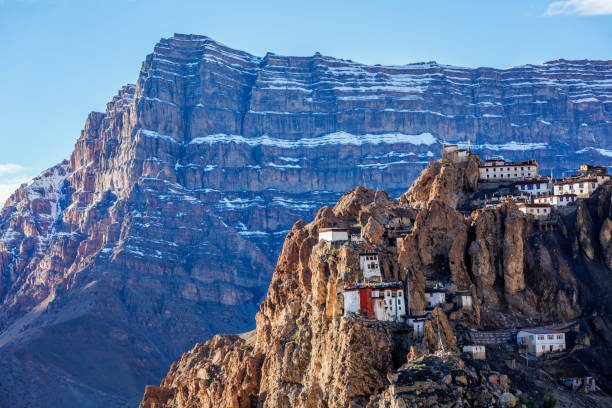

Tabo Monastery
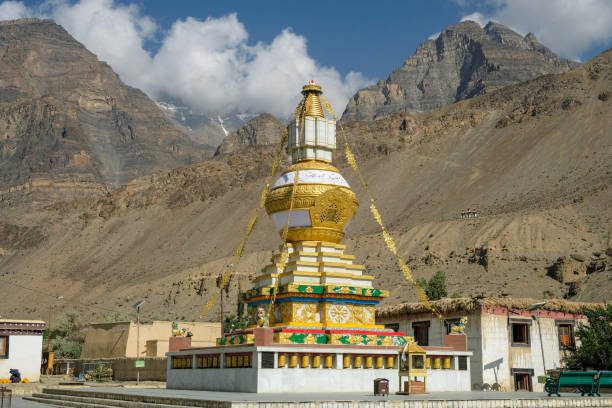

Often referred to as the ‘Ajanta of the Himalayas’, Tabo Monastery is renowned for its exquisite murals and ancient scriptures. Founded in 996 AD, it is one of the oldest continuously functioning Buddhist monasteries in India. The monastery complex houses nine temples, 23 chortens (stupas), and a monk’s chamber, each adorned with intricate artwork that narrates the life and teachings of Buddha. The Tabo Monastery is not just a place of worship but also a center of learning and cultural preservation.
Lahaul and Spiti Tribal Museum
Located in Kaza, the Lahaul and Spiti Tribal Museum is dedicated to preserving and showcasing the rich cultural heritage of the Spiti Valley. The museum features a collection of artifacts, traditional costumes, household items, and photographs that depict the life and traditions of the indigenous people. Visiting the museum provides a deeper understanding of the valley’s history, culture, and the resilience of its inhabitants in adapting to the harsh climatic conditions.
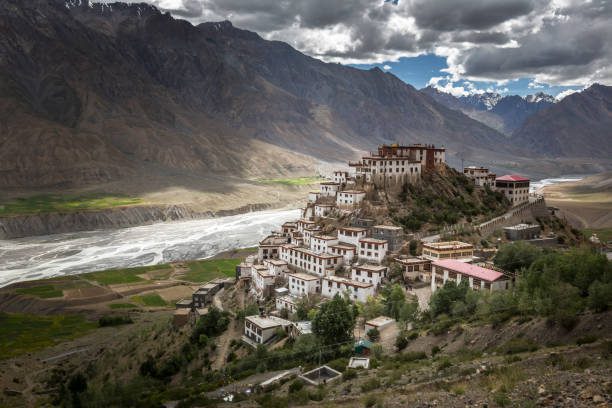

Langza Village
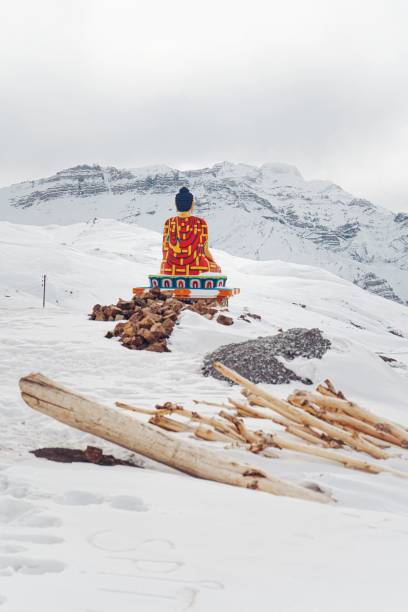

Langza Village, situated at an altitude of 4,420 meters (14,500 feet), is famous for its fossil-rich terrain and the giant Buddha statue that overlooks the village. The fossils found here date back millions of years, offering a glimpse into the region’s prehistoric past when it was submerged under the Tethys Sea. Langza is also known for its traditional mud houses and the warm hospitality of its residents. The village provides a perfect opportunity to experience the rural life of Spiti and explore its natural beauty.
Exploring the Essence of Spiti Valley:
Spiti Valley is not just about scenic beauty and ancient monasteries; it is a place where you can immerse yourself in the unique culture and lifestyle of its inhabitants. The valley’s remoteness and harsh climatic conditions have shaped a resilient and vibrant community that welcomes visitors with open arms.
Engaging with the Locals
One of the most enriching experiences in Spiti Valley is interacting with the local people. The Spitians are known for their hospitality and warmth, and engaging with them can provide invaluable insights into their way of life. You can visit local homes, participate in daily activities, and learn about traditional practices such as spinning wool, making butter tea, and crafting local handicrafts. The locals are always eager to share stories and legends that have been passed down through generations.
Sampling Local Cuisine
Spiti Valley offers a unique culinary experience that reflects the region’s culture and climate. The local cuisine is simple yet hearty, designed to provide warmth and energy in the cold climate. Some must-try dishes include:
- Thukpa: A nourishing noodle soup with vegetables and meat, often enjoyed during the chilly evenings.
- Momos: Steamed dumplings filled with vegetables or meat, served with spicy dipping sauce.
- Tsampa: Roasted barley flour mixed with butter tea or milk, a staple food for the locals.
- Chhang: A traditional alcoholic beverage made from fermented barley or rice, often enjoyed during festivals and celebrations.
- Butter Tea: A unique tea made with yak butter, salt, and tea leaves, providing warmth and energy in the cold climate.
Participating in Local Festivals
Spiti Valley hosts several festivals that showcase the region’s rich cultural heritage. These festivals are marked by vibrant performances, traditional music, dance, and elaborate rituals. Some of the major festivals include:
- Losar: The Tibetan New Year, celebrated with great enthusiasm, featuring traditional dances, music, and feasts.
- Chaam Dance: A masked dance performed by monks in monasteries, depicting various Buddhist deities and legends.
- Gustor Festival: Celebrated in Key Monastery, this festival includes sacred rituals, masked dances, and the symbolic burning of the effigy of evil.
Participating in these festivals offers a unique opportunity to experience the vibrant culture and spirituality of Spiti Valley.
Trekking and Outdoor Activities
Spiti Valley is a paradise for adventure enthusiasts, offering a plethora of trekking and outdoor activities. Some popular treks include:
- Pin Parvati Trek: A challenging trek that takes you from the lush green Parvati Valley to the stark landscapes of Spiti, crossing the Pin Parvati Pass at an altitude of 5,319 meters (17,450 feet).
- Spiti-Lahaul Trek: A trek that explores the diverse landscapes of Spiti and Lahaul valleys, offering stunning views of snow-capped peaks, glaciers, and alpine meadows.
- Chandratal to Baralacha La Trek: A high-altitude trek that takes you from the beautiful Chandratal Lake to the Baralacha La Pass, offering breathtaking views and an unforgettable experience.
In addition to trekking, Spiti Valley offers opportunities for camping, star-gazing, and mountain biking. The clear skies and minimal light pollution make it an excellent destination for astrophotography and observing the night sky.
Conclusion
Spiti Valley is a destination that promises an unforgettable journey through its rugged terrain, serene monasteries, and vibrant culture. Whether you’re an adventure enthusiast, a nature lover, or someone seeking spiritual solace, Spiti Valley has something magical to offer. Plan your trip well, respect the local customs, and be prepared for a journey that will leave you with memories to cherish for a lifetime. As you explore the wonders of Spiti, remember to tread lightly and responsibly, preserving the pristine beauty and cultural heritage of this remarkable region for future generations.
Share your experiences and check out more relatable blogs on Xplro.com.
